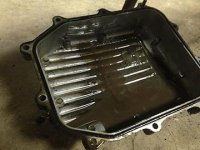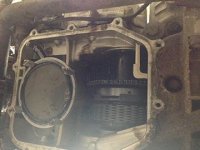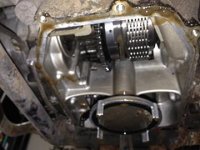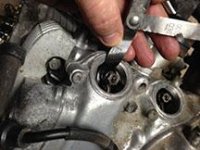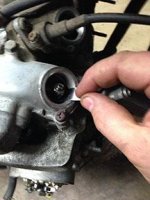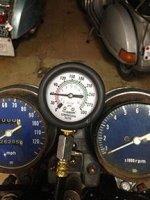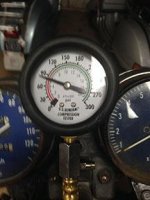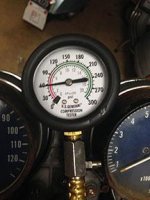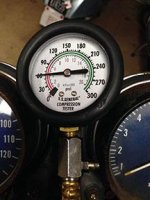Szeigler
Active Member
Ok so a little update. Looks like I have about 60psi in each cylinder. also drained the oil. Most of it is oil I added to the bike but some of it is left over dirty goodness...it may be actual dinosaur dna in there as you can see inside the oil pan interior. Comments and accolades welcome. I am not so sure about a full rebuild now, as the downstairs looks pretty dang clean.


